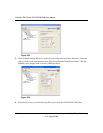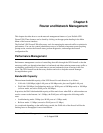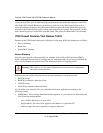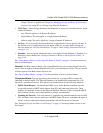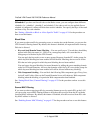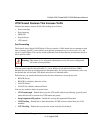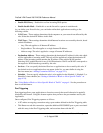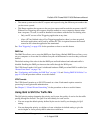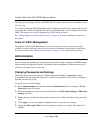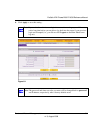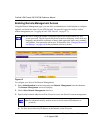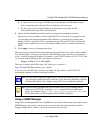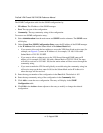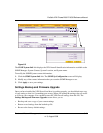
ProSafe VPN Firewall 200 FVX538 Reference Manual
6-6 Router and Network Management
v1.0, August 2006
• Enable DNS Proxy – Enable this to allow incoming DNS queries.
• Enable Stealth Mode – Enable this to set the firewall to operate in stealth mode.
As you define your firewall rules, you can further refine their application according to the
following criteria:
• LAN Users – These settings determine which computers on your network are affected by this
rule. Select the desired IP Address in this field.
• WAN Users – These settings determine which Internet locations are covered by the rule, based
on their IP address.
– Any: The rule applies to all Internet IP address.
– Single address: The rule applies to a single Internet IP address.
– Address range: The rule is applied to a range of Internet IP addresses.
• Destination Address – These settings determine the destination IP address for this rule which
will be applicable to incoming traffic This rule will be applied only when the destination IP
address of the incoming packet matches the IP address of the selected WAN interface
Selecting ANY enables the rule for any LAN IP destination. WAN1 and WAN2 corresponds to
the respective WAN interface governed by this rule.
• Services – You can specify the desired Services or applications to be covered by this rule. If
the desired service or application does not appear in the list, you must define it using the
Services menu (see “Adding Customized Services” on page 4-21).
• Schedule – You can specify whether the rule is to be applied on the Schedule 1, Schedule 2, or
Schedule 3 time schedule (see “Setting a Schedule to Block or Allow Specific Traffic” on
page 4-24).
See “Using Rules to Block or Allow Specific Kinds of Traffic” on page 4-1 for the procedure on
how to use this feature.
Port Triggering
Port triggering allows some applications to function correctly that would otherwise be partially
blocked by the firewall. Using this feature requires that you know the port numbers used by the
Application.
Once configured, Port Triggering operates as follows:
• A PC makes an outgoing connection using a port number defined in the Port Triggering table.
• This Router records this connection, opens the additional INCOMING port or ports associated
with this entry in the Port Triggering table, and associates them with the PC.



